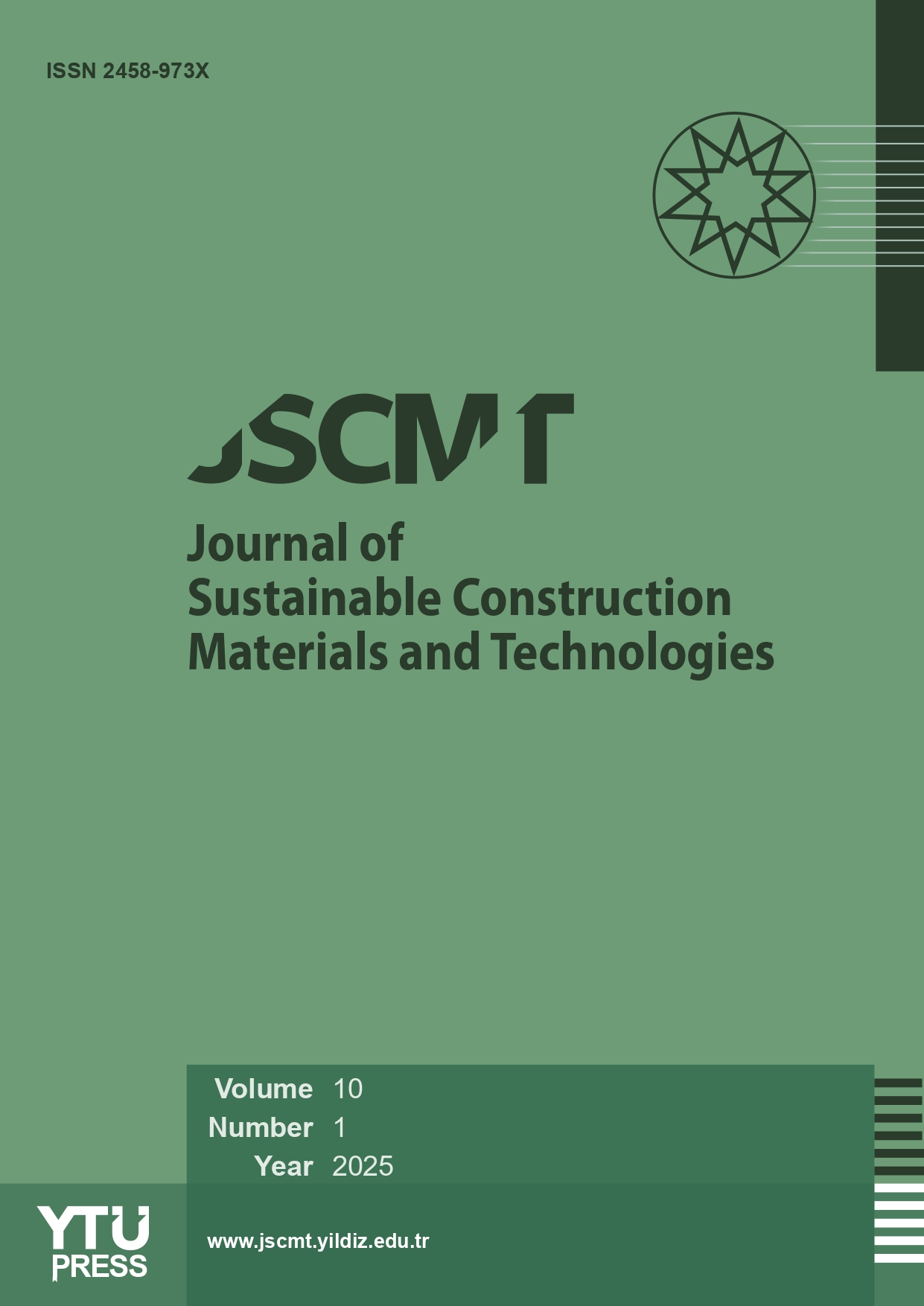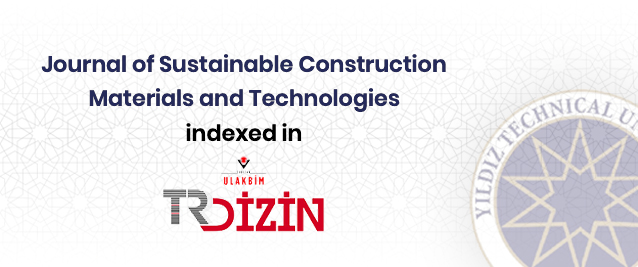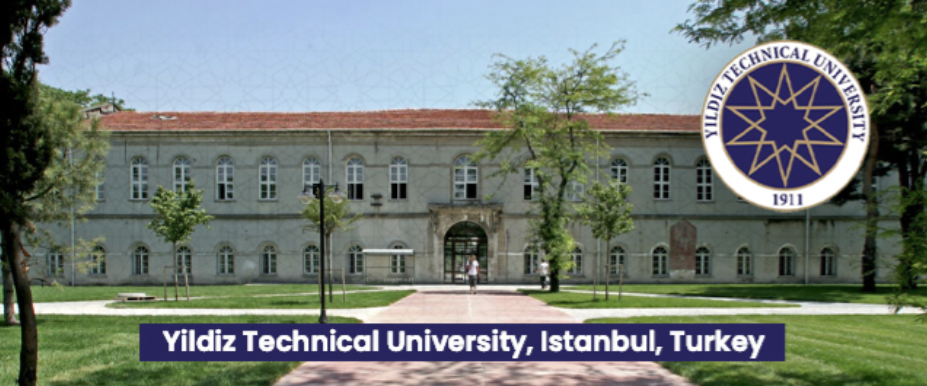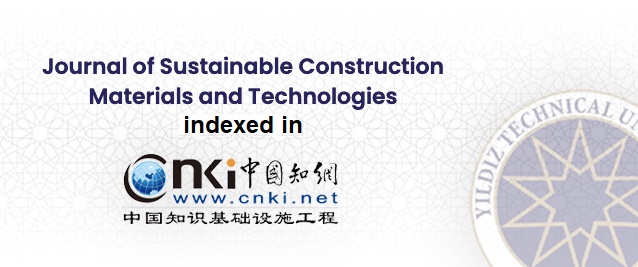Abstract
Red mud (RM), a by-product of aluminum production, poses environmental concerns with its disposal. This study explored calcining RM at 600 °C for 0–6 hours to utilize it as a cement substitute. Calcination up to 2 hours decreased particle size and increased surface area due to moisture loss, while further calcination reversed these effects. XRF analysis showed high Fe2O3, Al2O3, SiO2 contents. XRD revealed goethite transformed to hematite and gibbsite to alumina. SEM images displayed a loose then denser structure over time. 10% calcined RM incorporated into cement showed 2-hour calcined RM exhibited optimal properties, including high strength (46.27 MPa) and strength activity index (117.24%). SEM confirmed improved C-S-H gel formation with 2-hour calcined RM. In summary, calcining RM optimally at 600 °C for 2 hours allows its effective use as a sustainable cementitious material, providing environmental and technical benefits of RM utilization in cement composites.
















